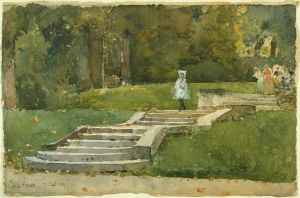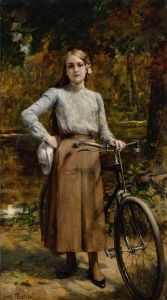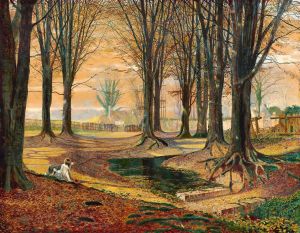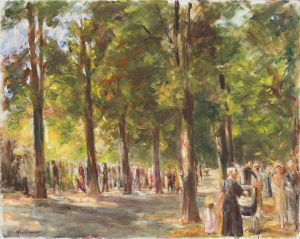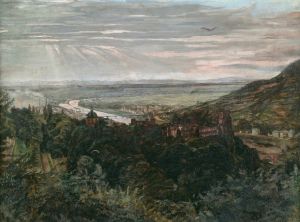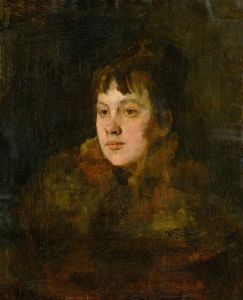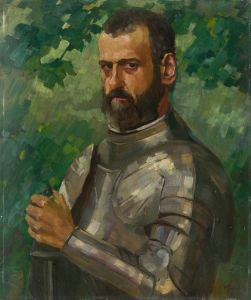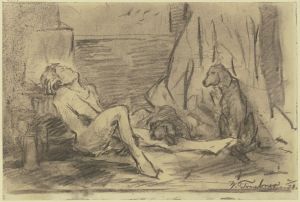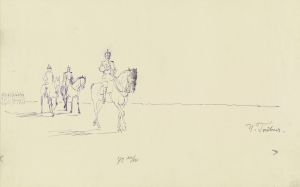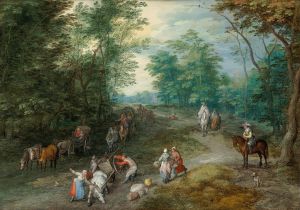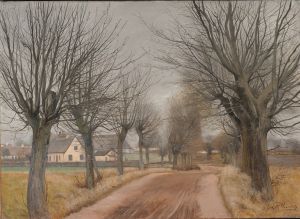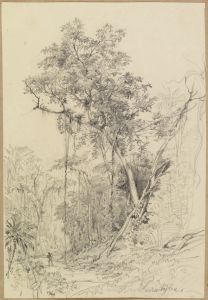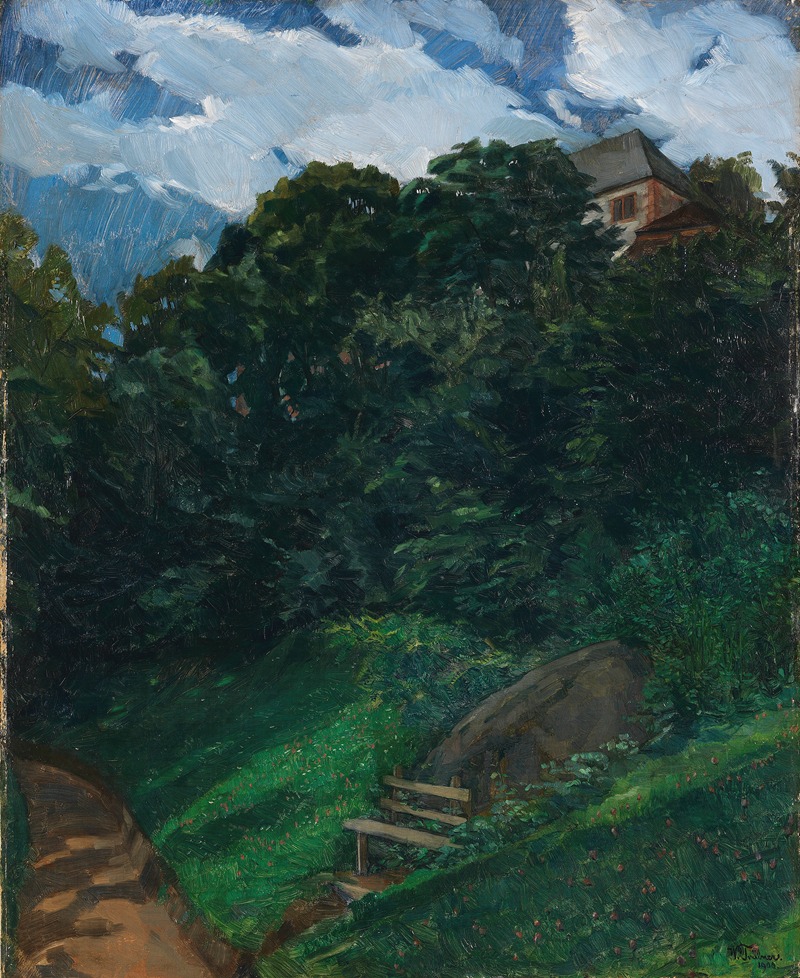
Schlosspark Lichtenberg mit Bank
A hand-painted replica of Wilhelm Trübner’s masterpiece Schlosspark Lichtenberg mit Bank, meticulously crafted by professional artists to capture the true essence of the original. Each piece is created with museum-quality canvas and rare mineral pigments, carefully painted by experienced artists with delicate brushstrokes and rich, layered colors to perfectly recreate the texture of the original artwork. Unlike machine-printed reproductions, this hand-painted version brings the painting to life, infused with the artist’s emotions and skill in every stroke. Whether for personal collection or home decoration, it instantly elevates the artistic atmosphere of any space.
Wilhelm Trübner was a German painter associated with the Realist movement, known for his contributions to the development of modern art in Germany during the late 19th and early 20th centuries. One of his notable works is "Schlosspark Lichtenberg mit Bank," which translates to "Lichtenberg Castle Park with Bench." This painting exemplifies Trübner's skill in capturing the serene beauty of natural landscapes, a common theme in his oeuvre.
Trübner was born on February 3, 1851, in Heidelberg, Germany. He initially studied under the guidance of the painter Johann Wilhelm Schirmer and later attended the Academy of Fine Arts in Karlsruhe. Trübner's artistic journey led him to Munich, where he became associated with the Munich Secession, a group of artists who sought to break away from traditional academic art and embraced more modern, realistic approaches.
"Schlosspark Lichtenberg mit Bank" is a testament to Trübner's ability to depict the tranquility and subtle beauty of nature. The painting features a park scene, likely inspired by the surroundings of Lichtenberg Castle, a historic site in Germany. The composition includes a bench, inviting viewers to imagine themselves seated within the peaceful environment. Trübner's use of light and shadow, along with his attention to detail, creates a sense of depth and realism that draws the viewer into the scene.
Trübner's work is characterized by his keen observation of nature and his ability to convey the atmosphere of a particular moment. In "Schlosspark Lichtenberg mit Bank," he employs a palette of earthy tones, capturing the natural hues of the landscape. The brushwork is both precise and expressive, allowing the textures of the foliage and the play of light to come alive on the canvas.
Throughout his career, Trübner was influenced by various artistic movements, including Impressionism, which is evident in his treatment of light and color. However, he maintained a distinct style that balanced realism with a more modern sensibility. His works often reflect a harmonious blend of detailed observation and a broader, more impressionistic approach to capturing the essence of a scene.
Trübner's contributions to art extend beyond his paintings. He was also a respected teacher and served as a professor at the Academy of Fine Arts in Karlsruhe. His influence can be seen in the work of his students and in the broader context of German art during his time.
"Schlosspark Lichtenberg mit Bank" remains an important example of Trübner's landscape painting, showcasing his ability to transform a simple park scene into a work of art that resonates with viewers. His legacy as a painter is marked by his dedication to capturing the beauty of the natural world and his role in advancing the development of modern art in Germany.
Wilhelm Trübner passed away on December 21, 1917, in Karlsruhe, but his work continues to be appreciated for its artistic merit and its contribution to the evolution of landscape painting. "Schlosspark Lichtenberg mit Bank" stands as a testament to his skill and vision, inviting viewers to appreciate the quiet beauty of nature through the eyes of a masterful artist.





